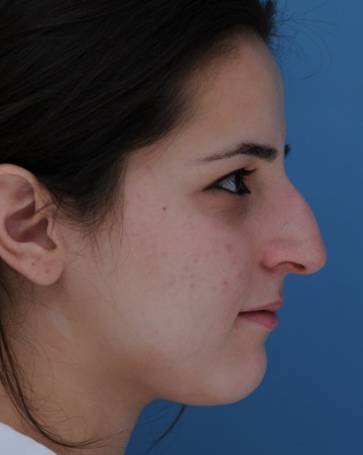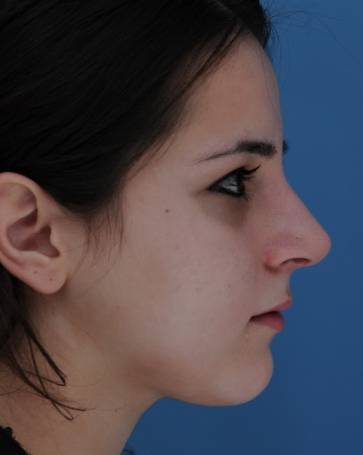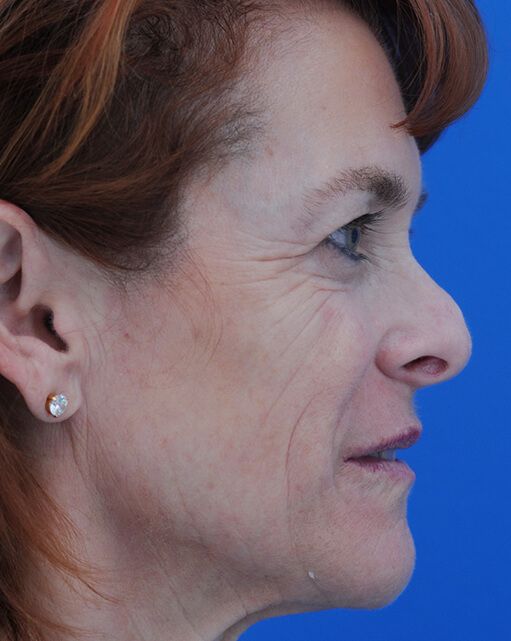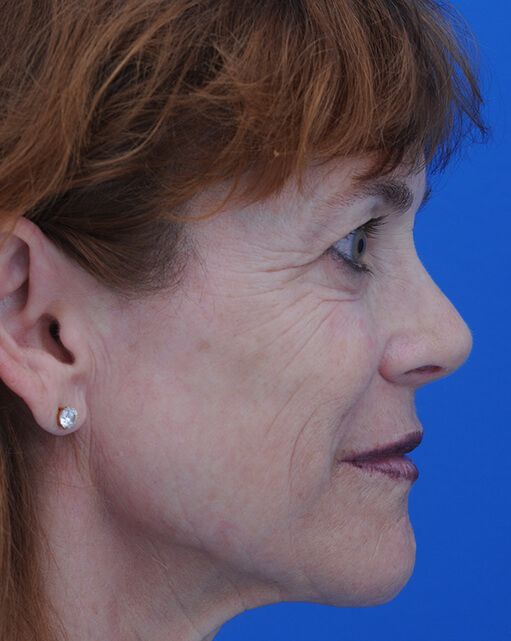The Challenges of Revision Rhinoplasty

Revision rhinoplasty is a secondary procedure done to correct undesired results from an original rhinoplasty surgery. Many patients seeking revision rhinoplasty feel the results they received are too unnatural, not in harmony with their other facial features, or the results are not as pronounced as they desired. Many also suffer from new or under-corrected nasal obstruction after primary rhinoplasty.
Before and After Revision Rhinoplasty
View Revision Rhinoplasty Photo Gallery
Revision rhinoplasty can be a difficult procedure, so much so that many surgeons prefer not to offer revisions. Here are some factors that make revision rhinoplasty challenging:
Scar Tissue
One of the biggest factors revision rhinoplasty surgeons must contend with is the amount of scarring stemming from the initial procedure. The more scar tissue there is, the longer and more difficult the procedure becomes. The surgeon will have to make carefully calculated incisions to have proper access to correct the nose while being careful to not create additional scarring. Scarring can alter the way the nose settles and heals after revision surgery in unpredictable ways if the revision rhinoplasty surgeon fails to create enough structural strength.
Nose Strength
Oftentimes the structure of the nose needs to be reinforced to maintain its shape after undergoing the initial rhinoplasty surgery. Using septal cartilage grafts is normally the best way to add strength to the structure of the nose. In revision cases, it is often depleted by the primary surgery. As such, revision rhinoplasty surgeons may have to use cartilage from the rib or ear.
Since septal cartilage is the best first choice, it is preferred over ear or rib cartilage grafting. Ear cartilage is chosen if there is moderate weakness or if camouflage grafting is to be used. Ear is sometimes employed combined with skin when there is scarring or loss of internal lining, causing airway constriction or nostril retraction. These combined grafts, called “composite grafts”, restore structure and lining simultaneously. Cartilage from the rib is necessary in severe cases where the nose is drastically deviated, scarred or otherwise weakened. Although some surgeons avoid rib grafting, fearing a result that is too large or stiff, most expert revision rhinoplasty surgeons have learned to sculpt the rib to take advantage of it’s strengths while also creating a natural look.
The Unknown
Even with access to medical records that document the initial rhinoplasty surgery, revision rhinoplasty providers are sometimes met with unknown variables during the revision procedure. The surgeon must do everything they can to plan for these unknowns, while also making quick decisions during the procedure itself as problems are uncovered.
This is the reason why patients should choose a surgeon that is experienced in revision rhinoplasty. Surgeons who regularly perform revision procedures are better able to both predict potential problems before the procedure and have vastly more options in terms of dealing with the unknown during the surgery. Since complication rates after revision rhinoplasty are higher than after primary rhinoplasty, the expert revision rhinoplasty surgeon has learned how to minimize these through his intraoperative selection of the right graft, put in the right place, using the right technique.
 Before
Before  After
After  Before
Before  After
After 
Hi! I would like to be evaluated for a revision rhinoplasty. While I was never happy with the primary surgery- I fell in January and made things much worse. The nostrils were never symmetrical and now…. Well, here’s a photo of what I look like. Please help me….. While I know I need tons of other work too: blinoplasty, mid face lift, and neck lift/ I must address this now! Can you help?
Hi Linda, thank you for reading our post and submitting your inquiry. One of our specialists will contact you via email to setup a consultation.
Thanks again!
–WD Staff